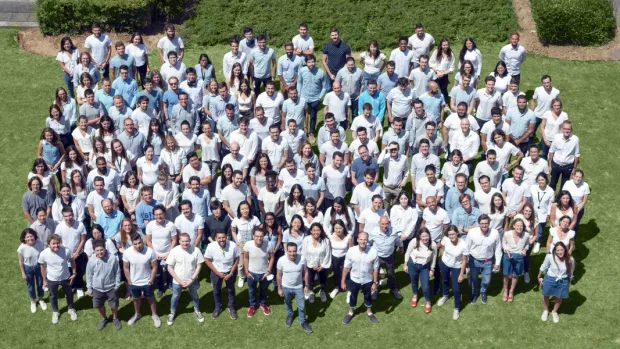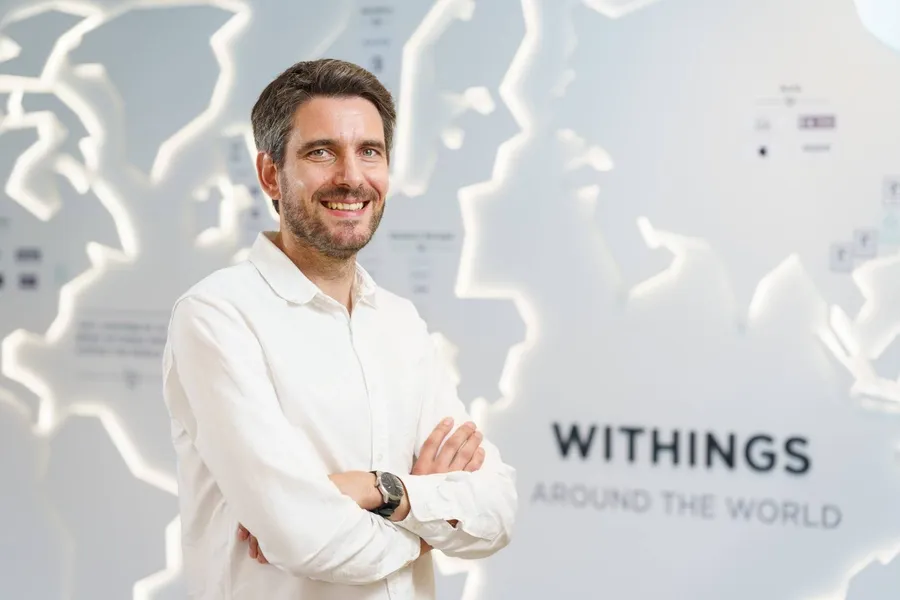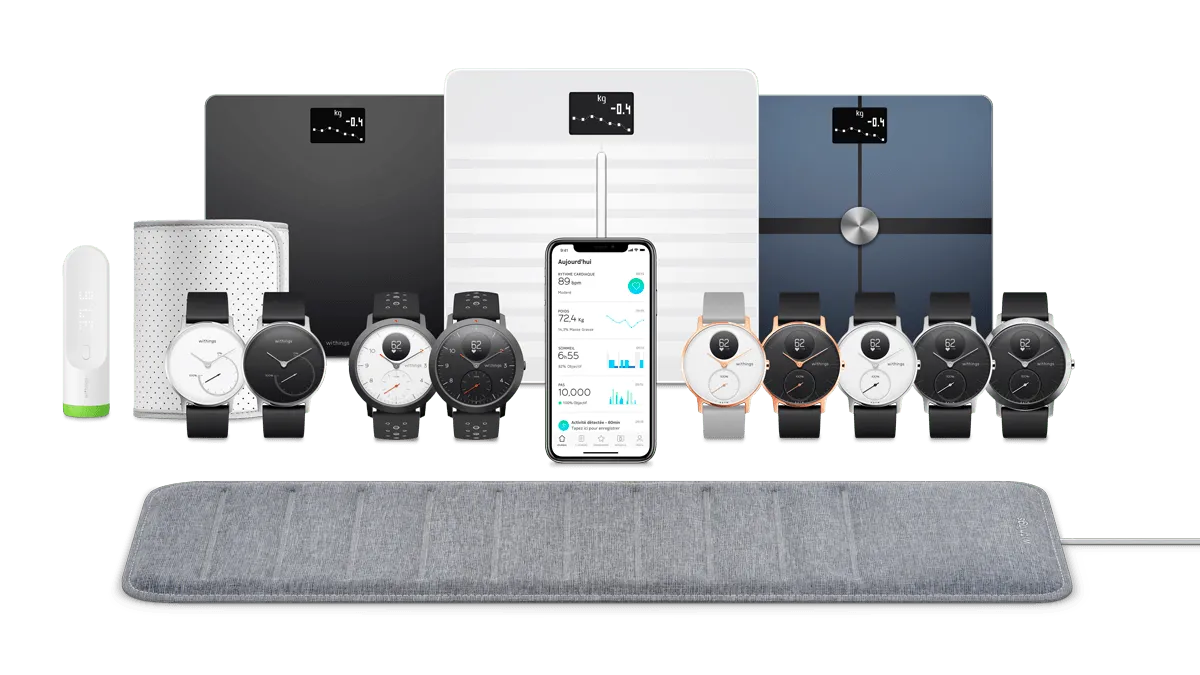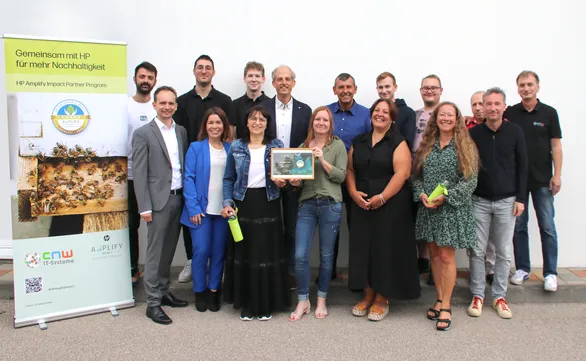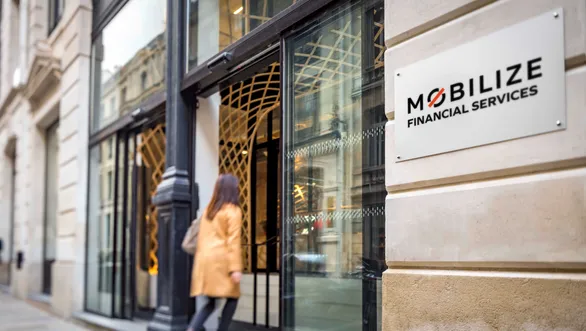Background
Withings is a French electronics manufacturer of products such as smartwatches, scales, heart, and blood pressure monitors. They’re committed to designing durable and low-carbon products that improve people’s health. In October 2021, they started tracking their carbon footprint and issued their first carbon report at the beginning of 2022.
“On top of improving the health of our customers, we want to contribute to global carbon neutrality first by reducing our carbon footprint, but also helping our users decrease theirs, by offering low-carbon products,” says François Regnier, Finance Director at Withings.
